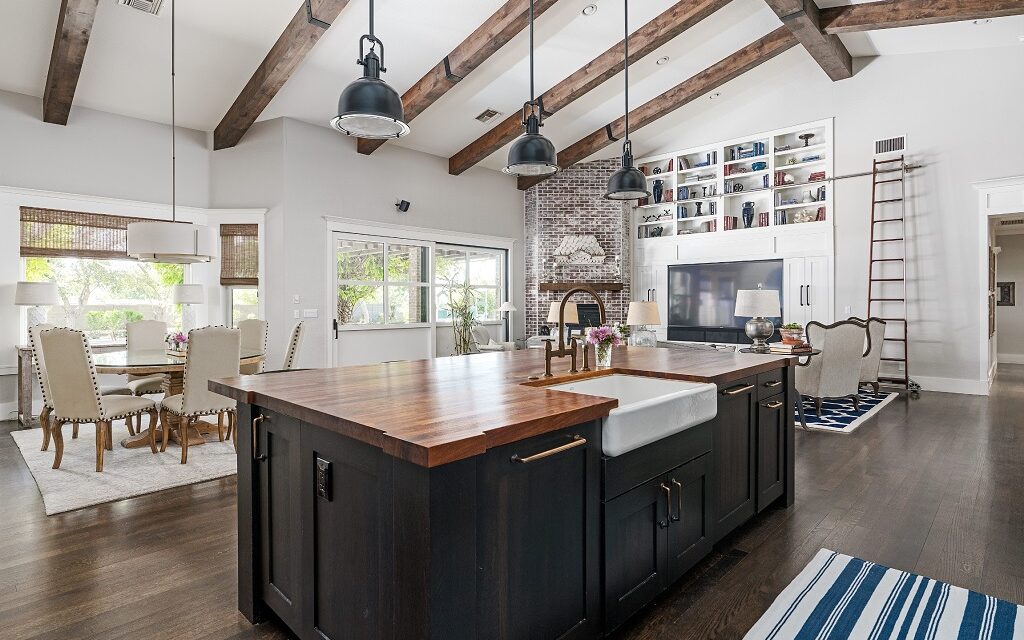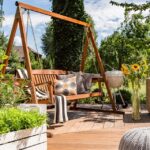As warmer weather rolls around, the number of open homes increase as the real estate selling season gets into overdrive. However, interest rate uncertainty, job losses and the average price of a home all threaten to conspire to put pressure on real estate sales.
Innovative homesellers will need to know which preferences and amenities are on trend in today’s market and adjust their offerings and pricing accordingly for a quick sale, or risk their property becoming a stale listing. Knowing which amenities and preferences to emphasize to give your home more broad appeal can give you a vital competitive edge by making your home more attractive to a wider range of buyers.
Having these market insights is especially important when competing against similar homes in your neighborhood that are offering the same square footage, school district, crime rate and other factors that keep the playing field level.
We reviewed 2023 data presented by the National Association of Home Builders (NAHB) that gives perspective on Home Trends and Buyer Preferences that homesellers should be emphasizing to make their properties more desirable to buyers. The strategy is to anticipate the most requested features that prospective buyers want in a new home, with the aim of reducing the number of days your home remains on the market.
2023 Home Trends and Buyer Preferences
- How These Findings Can Help Homesellers & Homebuyers
- Home Size
- Home Type
- Energy Sources
- Preferred Amenities
- Design Trends: Health, Better and Edited
- Final Thoughts: Emphasizing the Right Features
Also see:
- 19 Home Products We Love from Design & Construction Week 2023
- Key Trends from the 2023 Housing & Economic Outlook by NAHB
- The New American Home 2023: Ultra Serenity, Views & Efficiency
- More Recommended Reading
- Related Topics: Architecture | Construction | Design | Inspiration | Energy Efficiency | Sustainability
How These Findings Can Help Homesellers & Homebuyers
About the Survey Data
NAHB reviewed the results of surveys of homebuilders and prospective homebuyers to understand the trends for future home characteristics. Homebuilders were able to provide information on what their clients were requesting, such as livable square footage, number of bedrooms and bathrooms, as well as various amenities such as walk in closets, home offices, and open floor plans.
The NAHB study further researched future trends and preferences by asking prospective homebuyers to rate various features by importance to them. These responses were sub-divided by two classes, First Time buyers and Repeat buyers, and revealed interesting results in various preference categories.
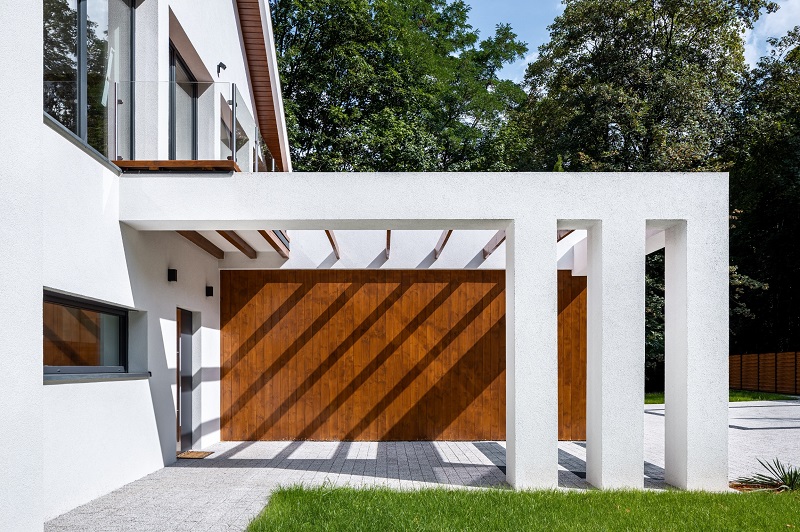
How These Findings Can Help Homesellers & Homebuyers
Homesellers can benefit from these trends by better empathizing with the key needs of prospective buyers. Though no home can meet the needs of all prospective buyers perfectly, homesellers should aim to demonstrate how their properties can be a good fit for trending lifestyles, both now and in the future.
For critical upgrades needed at the time of listing, we strongly recommend considering a pre-sale renovation partner. To showcase the flexibility and wide-ranging possibilities of your home, we strongly recommend considering leveraging virtual renovations to help prospective buyers envision your home for their unique preferences.
Homebuyers, on the other hand, can benefit from these trends by identifying properties that may be less competitive due to lacking key in-demand features. Understanding which traits are in most demand can help prevent buyers from entering bidding wars. Conversely, finding properties that are less appealing to a broader set of buyers can increase your bargaining power.
Also see:
Home Size
Not long ago we wrote an article on the increase in square footage of the average American home, due mainly to families making adjustments, such as elderly parents residing with their adult children, or adult children remaining or returning to their parents’ homes.
Although, the trend of families living multi-generationally has not changed dramatically (currently at 26%), the percentage for overall living space will rise in 2023 despite economic conditions that might suggest otherwise.
Rose Quint, AVP, Survey Research, NAHB, presented findings from a national study that suggested that the average size of homes built in 2023 will increase but will decrease in 2024.
She explained:
“The move toward larger homes and more amenities in 2023 will reflect the preferences of those who can afford higher interest rates, and in 2024, size will fall back as affordability improves with lower mortgage rates and more buyers re-enter the market.”
In other words, improved affordability in 2024 will enable more consumers to become homeowners, which will push the average home size downward.
The key takeaway from this data point is that homebuyers are looking to purchase homes in closer proximity to the average size of the American home of 2,310 square feet, which should bode well for homesellers with properties around this size.
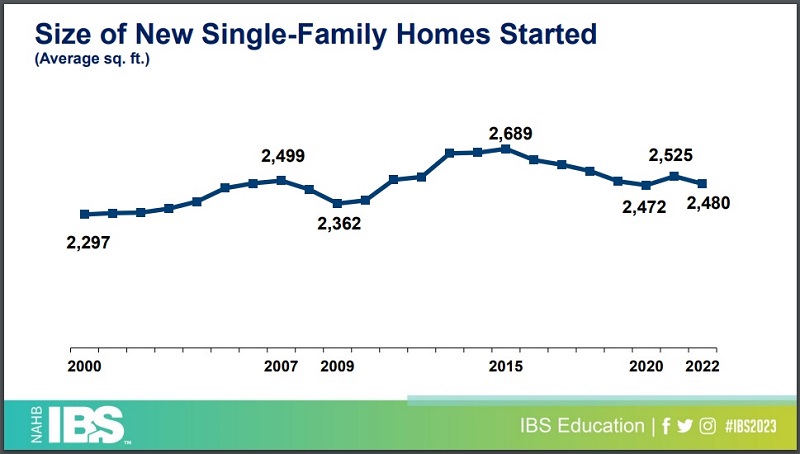
Although average home sizes have fluctuated from a peak of 2,689 square feet in 2015 to 2,480 square feet in 2022 the number of requested bedrooms and bathrooms have remained relatively stable.
Data from 2015 shows only 4% more buyers requesting 3+ bathrooms versus that same group in 2022 at 33%, despite the decline in overall square footage for the respective years.
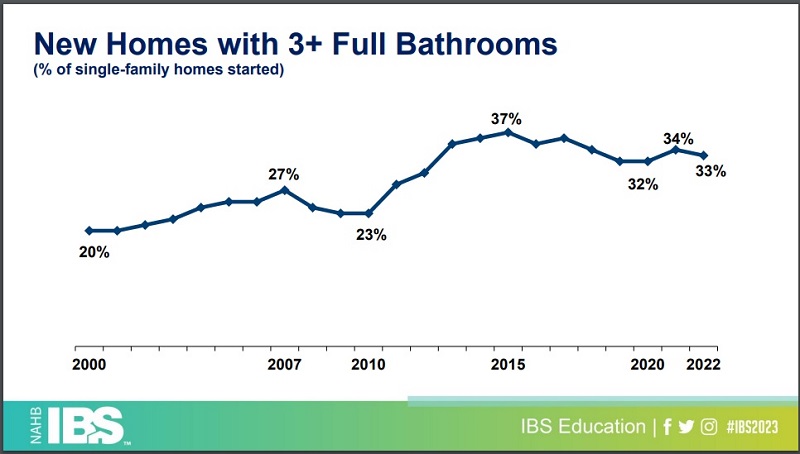
Similarly, the number of buyers requesting 4+ bedrooms in 2015 at 47% is actually lower than the average number of buyers requesting those same number of bedrooms in 2022 at 48%, suggesting homebuyers were willing to opt for more bedrooms, but smaller in size.
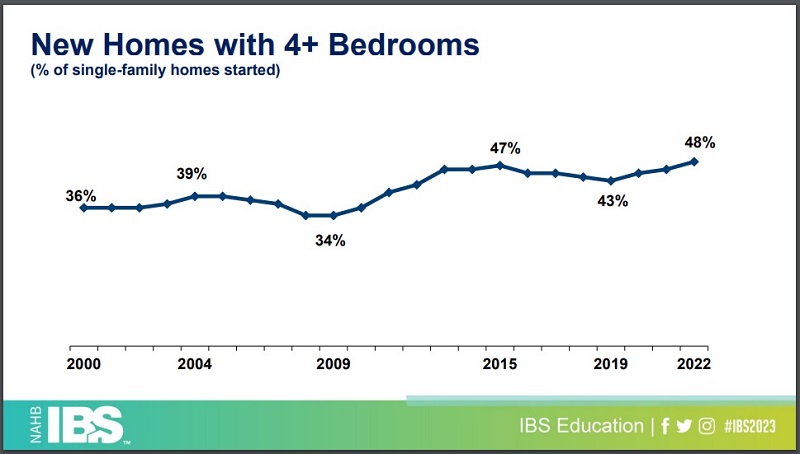
The takeaway here is that buyers are willing to purchase a smaller home, but they are still seeking a similar number of bathrooms and bedrooms.
Also see:
Home Type
Although you may not be able to change your home type, the information on Preferences for Type of Home to Buy will give homesellers an idea of which way potential buyers are leaning in terms of:
- Single Family Detached
- Multi-Family
- Townhomes
- Manufactured Homes
Responses are divided by First Time homebuyers and Repeat homebuyers which, with the exception of multi-family homes, gives very similar results.
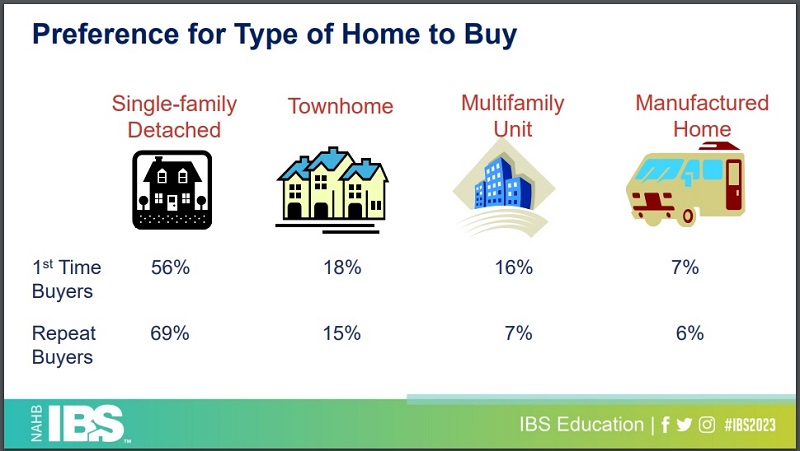
The majority of buyers seek Single-Family Detached homes with a small minority looking to purchase manufactured homes. The disparity between the two respondent classes is in the Multifamily Unit category as 16% of First Time buyers prefer this type of home versus only 7% of Repeat buyers.
We conclude that First Time buyers are less equity rich than their Repeat Buyer counter-parts and are looking for ways to fund their purchase by engaging in “Home Hacking” or by using the property as a flexible investment rental property.
Energy Sources
Perhaps the most illuminating aspect of the NAHB study was the result of buyer preferences for energy sources for various aspects of the home. Once again, homebuyers were divided into two categories, First Time homebuyers and Repeat homebuyers when they responded to questions regarding their heating source preferences of either gas or electricity for heating hot water, cooking food, and heating and cooling the air.
First time buyers tended to lean more toward electric energy to power their HVAC units, water and cooking appliances. Whereas, repeat buyers preferred electric powered HVAC systems, but preferred gas powered water and cooking appliances, perhaps due to their experience with having owned more than one home and having a better understanding of the strengths and weaknesses of each energy source and the annual costs associated with each source.
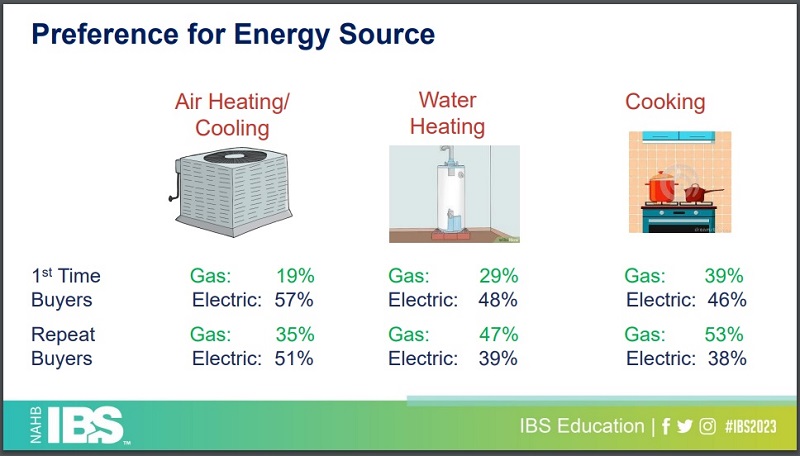
Preferred Amenities
Builders who were surveyed by the NAHB, found that there were a number of preferred amenities that rated high on prospective buyers’ Most Likely Features for a Typical 2023 New Home, namely:
- Walk-in Closets in Primary Bedrooms
- Laundry Rooms
- Low-Energy Windows
- Great Rooms
- Central Islands in the Kitchen
- Energy Efficient Lighting
- Programmable Thermostats
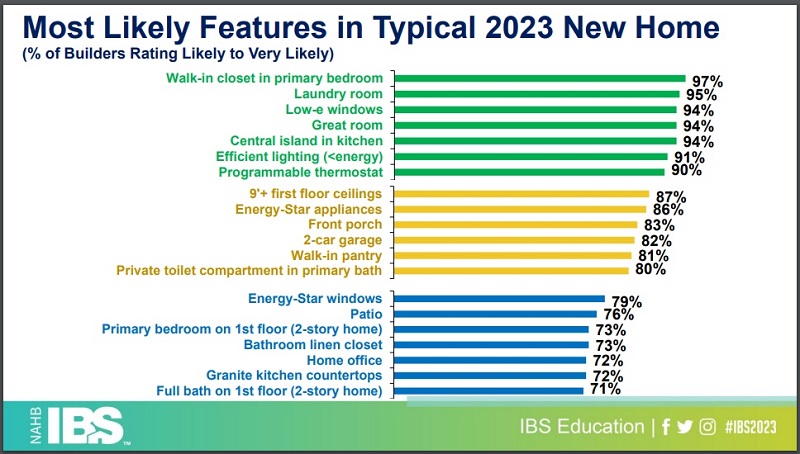
Design Trends: Better Rather Than Bigger
Much of the data presented by NAHB reflected what we already suspected from our own anecdotal experience. Homeowners are looking to get more out of smaller spaces, which means that “rooms” and spaces must have multi-purposes and be free of restrictions, such as walls, that would hinder flexible arrangements through transformable design.
This change in trends is echoed by Zondo Plans, a seller of house plans for consumers, which suggests that big garages are popular with their consumers since large garages are “multipurpose and relatively simple”.
According to Daniel Ruthroff, a Northern California based architect, the current design trend for home interiors are three pronged:
Home Wellness: Health Not Healthcare
As homeowners spent more time at home in the last three years, they began taking notice of their surroundings and naturally made improvements to enhance their home-bound existence. Therefore, any new buyer of a given property is looking for wellness features that are already incorporated into the property and ready to use.
As advocates of home wellness, we’ve covered several emerging trends and products that have been addressing the need for homeowners to create tranquil and serene environments as part of an overall home wellness plan.
Also see:
Ruthroff suggests Biophilic design, the incorporation of natural materials into the interior of the home, is becoming popular with builders in order to enhance the feeling of nature indoors. He suggests that adding wood-grained products and incorporating more natural light, as easy methods to incorporate the outdoors into any interior design.
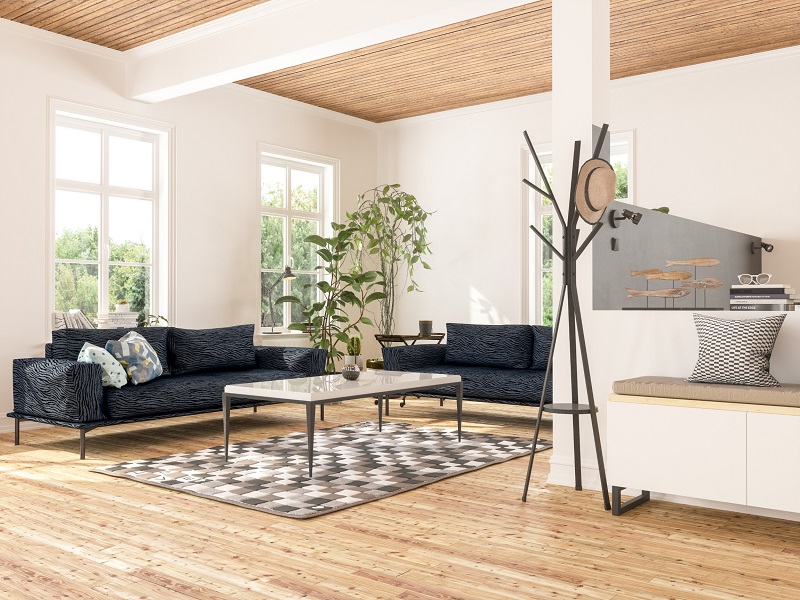
Homes with outside areas for enjoying nature, such as walking trails, patios, lanais and pergolas, are in demand as homebuyers have learned to enjoy remaining at home for peace of mind.
Accentuating a home that resides in a walkable or bikeable community is another easy way to make your home “on-trend” and highly desirable for prospective buyers who enjoy being active outdoors.
Example Home Wellness Features
- Soaking Tubs
- Daylight Harvesting
- Disinfection Lighting
- Acoustic Panels & Soundproofing
- Biophilic Design
- Window Film & Retractable Screens
- Air Quality Systems
- Peaceful Sensory Gardens
Better Not Bigger
As we have been suggesting for the last two years, homeowners and homebuyers are recognizing the immense value and flexibility that transformable design can have on a home. Homebuyers are seeking well-planned, flexible spaces that do not necessarily translate as “Bigger”, but rather as “Better”.
Ruthroff believes that homebuyers are seeking spaces that can easily change in use, in response to their changing needs. He explains that buyers want:
“Kitchens that act like a ‘Swiss Army Knife’ and home offices that transform into play spaces.”
He further emphasized that over 45% of respondents to the America at Home Study want better equipped kitchens for cooking at home.
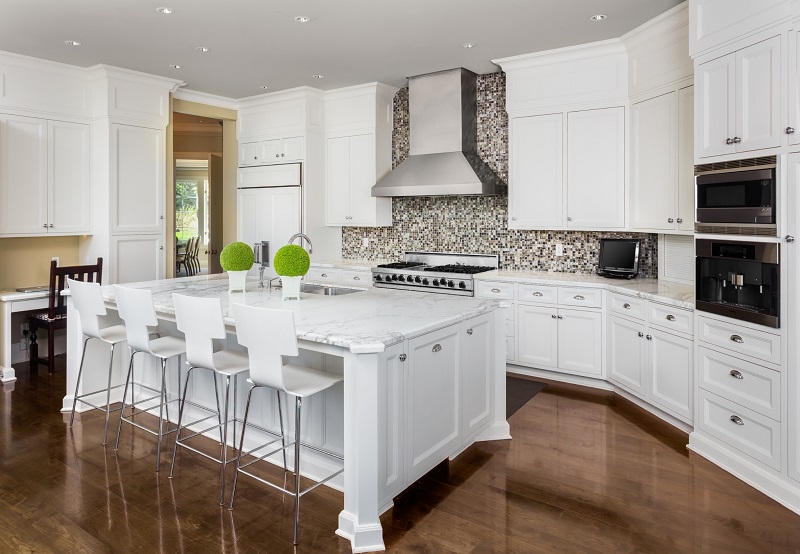
Interestingly, we have noticed more outdoor cooking appliance manufacturers catering to homeowners to suggest year-round usage. Smart grills, which allow homeowners to set their foods on the grill and wait for the alerts sent to their handheld devices, are basically changing the concept of “outdoor barbeque” as just another “room” to cook your food.
Examples of Transformable Design
- Transformable Workspaces
- Transformable Furniture
- Transformable Play Rooms
- Transformable Guest Rooms
- Hidden Doors & Secret Rooms
Edited Not Extravagant
Opulence appears to be left behind for another price point and era, as the average American consumer is looking for more of an “edited” appeal to their home. Ruthroff referred to this trend as:
“Edited – not extravagant”
Perhaps due to increases in heating and cooling costs of such large properties, homebuyers are realizing that they can do more with well-appointed, smaller, but more luxurious spaces.
Ruthroff largely demonstrated the concept of “edited” with exterior architectural examples, leading towards a goal of “timeless design”.
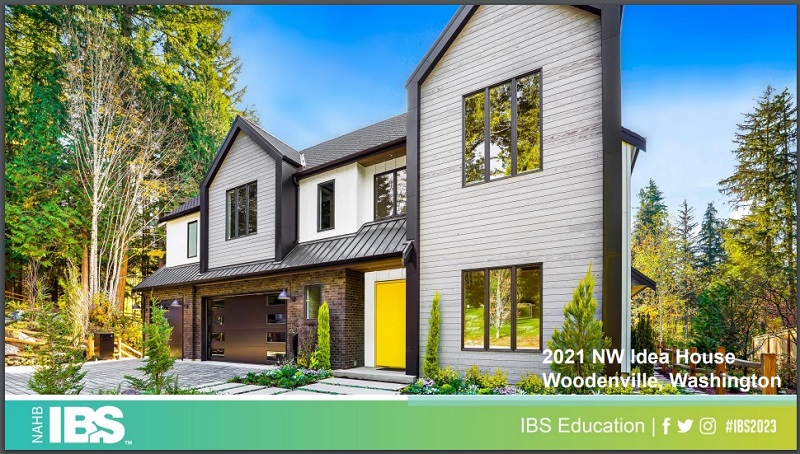
We concur with the approach of homesellers offering homes with “good bones” wrapped in understated, but still elegant design treatments. However, a proliferation of houseflippers in recent years have taken the neutral design approach of white houses in black trim to an extreme. Front doors in creative accent colors have become a refreshing sight in our neighborhood, and an easy way to make passersby take note of recently upgraded properties.
Examples of “Edited” Features
- Clean, Well-Edited Designs & Spaces
- Modern, Less Ornate Treatment of Traditional Architectural Styles
- Minimalist Interior Design
- Low-Maintenance Landscaping
- Window Treatments for Improved Energy Efficiency
- Energy Star Rated Appliances
- LED Lighting
Final Thoughts: Emphasizing the Right Features
No matter how much space a homeseller may have, all homeowners seeking to sell can make their space more functional and transformable, and thus more, desirable to prospective buyers.
Make sure that your marketing materials reflect how your home is relevant to emerging trends, such as:
- Multigenerational Living
- Work-From-Home
- Aging in Place
- Biophilic Design with Indoor-Outdoor Lifestyles
- Transformable Design
- Walkable & Connected Communities
By demonstrating that you understand the current and future needs of prospective homebuyers, your home can differentiate itself from the competition, by appealing directly to your target audience.
Recommended Reading
- 7 Tips on How to Make Your Home Up-to-Date & On-Trend
- The New American Home 2022: A Courtyard Design for a Narrow Lot
- The New American Remodel 2022: A Mid-Century “Modernized” Preservation
- The New American Remodel 2021: Sustainable & Energy Efficient Beauty
- Building Technologies for Disaster Resistant Homes
- 10 Exceptional Products in The New American Home 2021
- Best of KBIS 2021: Innovative Products for Kitchen & Bath
| Purgula is reader-supported. When you click on links to other sites from our website, we may earn affiliate commissions, at no cost to you. If you find our content to be helpful, this is an easy way for you to support our mission. Thanks! Learn more. |

